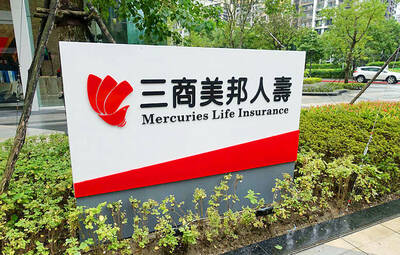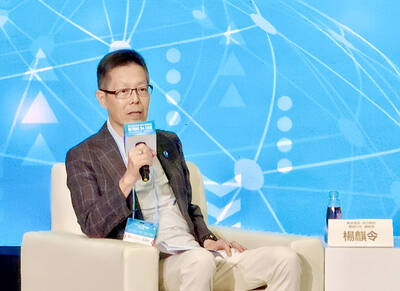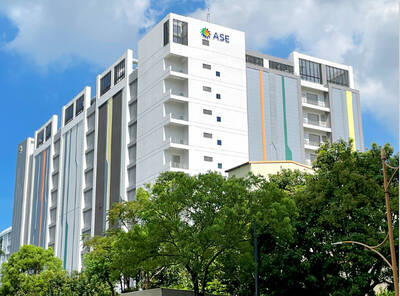Japanese Prime Minister Junichiro Koizumi said the country's domestic economy has recovered following three recessions in the past 12 years.
This is the first time he has made such an assessment since taking office in 2001.
"An improvement in company earnings, rising capital expenditures and other measures are showing that the Japanese economy has recovered," Koizumi said, according to the text of an embargoed speech.
The speech was set to be delivered at the opening session of the Diet, Japan's parliament.
The Cabinet Office said last week nominal economic growth will reach at least 2 percent as early as the fiscal year starting April 2006. The government forecasts real growth, or economic activity adjusted for price changes, of 2 percent this fiscal year and 1.8 percent in the year starting April 1, which would mark a third straight year of expansion.
Koizumi, who retained office for his Liberal Democratic Party-led coalition in November, must face voters again at this July's Upper House election.
While the Japanese economy recorded growth for the sixth straight quarter through the third quarter of last year, it still has not snapped more than five years of deflation and lower unemployment from near-record levels.
"Through cooperation with the Bank of Japan we aim to beat deflation and stimulate the economy," Koizumi said, according to a copy of the speech.
Koizumi said last week his government will need another year to end deflation.
He predicted that prices in Japan will start to rise consistently in the year starting April next year.
The yen's 10 percent rise against the US dollar over the past six months is raising doubts about the sustainability of Japan's newest attempt at recovery.
The recovery has relied on an increase in exports to countries such as China and the US.
A rise in the yen against the dollar reduces the value of exporters' profits when repatriated into Japanese currency, which contributes to deflation.
The Japanese currency traded at ?106.55 to the dollar as of 1pm in Tokyo.

AI BOOST: Although Taiwan’s reliance on Chinese rare earth elements is limited, it could face indirect impacts from supply issues and price volatility, an economist said DBS Bank Ltd (星展銀行) has sharply raised its forecast for Taiwan’s economic growth this year to 5.6 percent, citing stronger-than-expected exports and investment linked to artificial intelligence (AI), as it said that the current momentum could peak soon. The acceleration of the global AI race has fueled a surge in Taiwan’s AI-related capital spending and exports of information and communications technology (ICT) products, which have been key drivers of growth this year. “We have revised our GDP forecast for Taiwan upward to 5.6 percent from 4 percent, an upgrade that mainly reflects stronger-than-expected AI-related exports and investment in the third

Mercuries Life Insurance Co (三商美邦人壽) shares surged to a seven-month high this week after local media reported that E.Sun Financial Holding Co (玉山金控) had outbid CTBC Financial Holding Co (中信金控) in the financially strained insurer’s ongoing sale process. Shares of the mid-sized life insurer climbed 5.8 percent this week to NT$6.72, extending a nearly 18 percent rally over the past month, as investors bet on the likelihood of an impending takeover. The final round of bidding closed on Thursday, marking a critical step in the 32-year-old insurer’s search for a buyer after years of struggling to meet capital adequacy requirements. Local media reports

TECHNOLOGICAL RIVALRY: The artificial intelligence chip competition among multiple players would likely intensify over the next two years, a Quanta official said Quanta Computer Inc (廣達), which makes servers and laptops on a contract basis, yesterday said its shipments of artificial intelligence (AI) servers powered by Nvidia Corp’s GB300 chips have increased steadily since last month, should surpass those of the GB200 models this quarter. The production of GB300 servers has gone much more smoothly than that of the GB200, with shipments projected to increase sharply next month, Quanta executive vice president Mike Yang (楊麒令) said on the sidelines of a technology forum in Taipei. While orders for GB200 servers gradually decrease, the production transition between the two server models has been

ASE Technology Holding Co (日月光投控), the world’s largest integrated circuit (IC) packaging and testing supplier, yesterday announced a strategic collaboration with Analog Devices Inc (ADI), coupled with the signing of a binding memorandum of understanding. Under the agreement, ASE intends to purchase 100 percent shares of Analog Devices Sdn Bhd and acquire its manufacturing facility in Penang, Malaysia, a press release showed. The ADI Penang facility is located in the prime industrial hub of Bayan Lepas, with an area of over 680,000 square feet, it said. In addition, the two sides intend to enter into a long-term supply agreement for ASE to